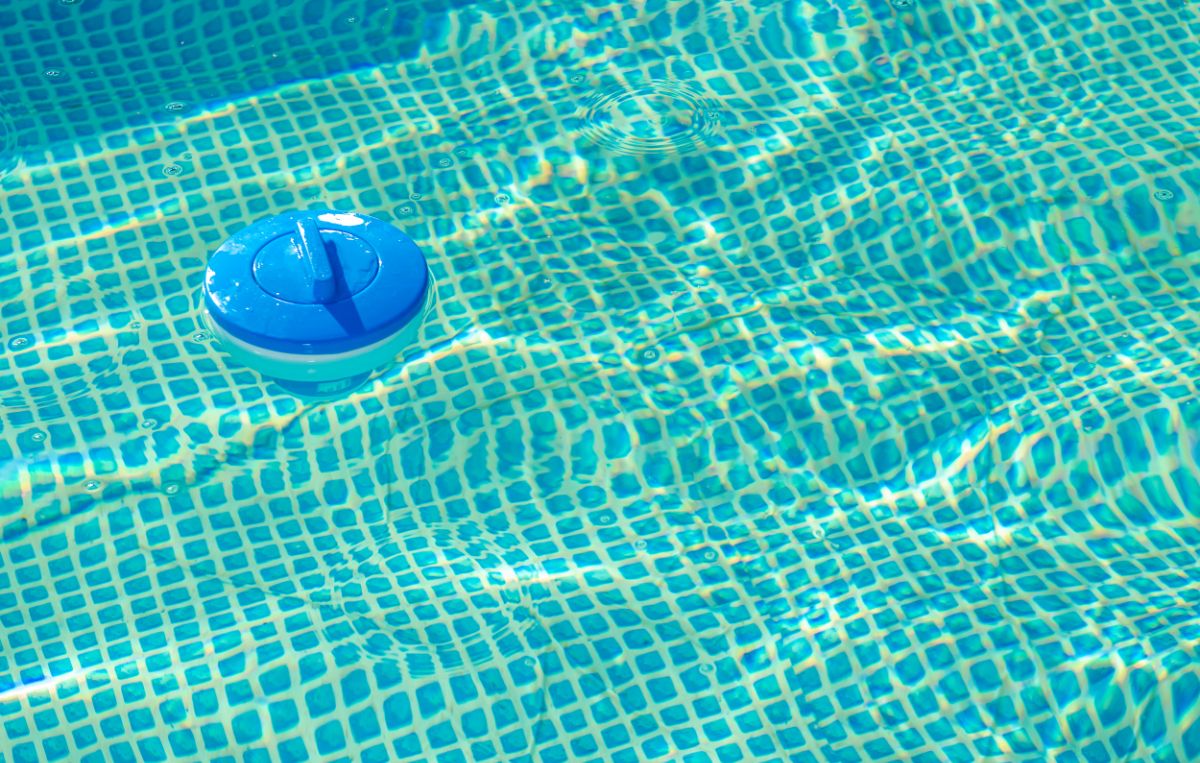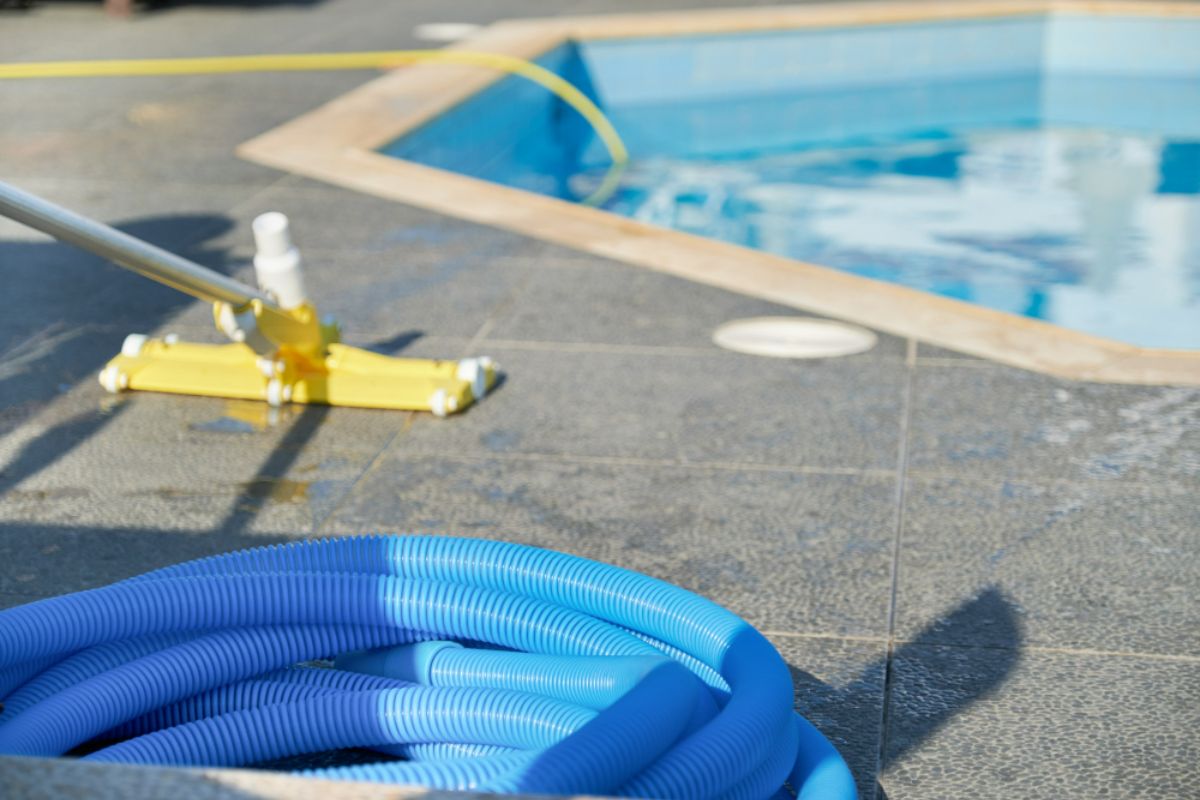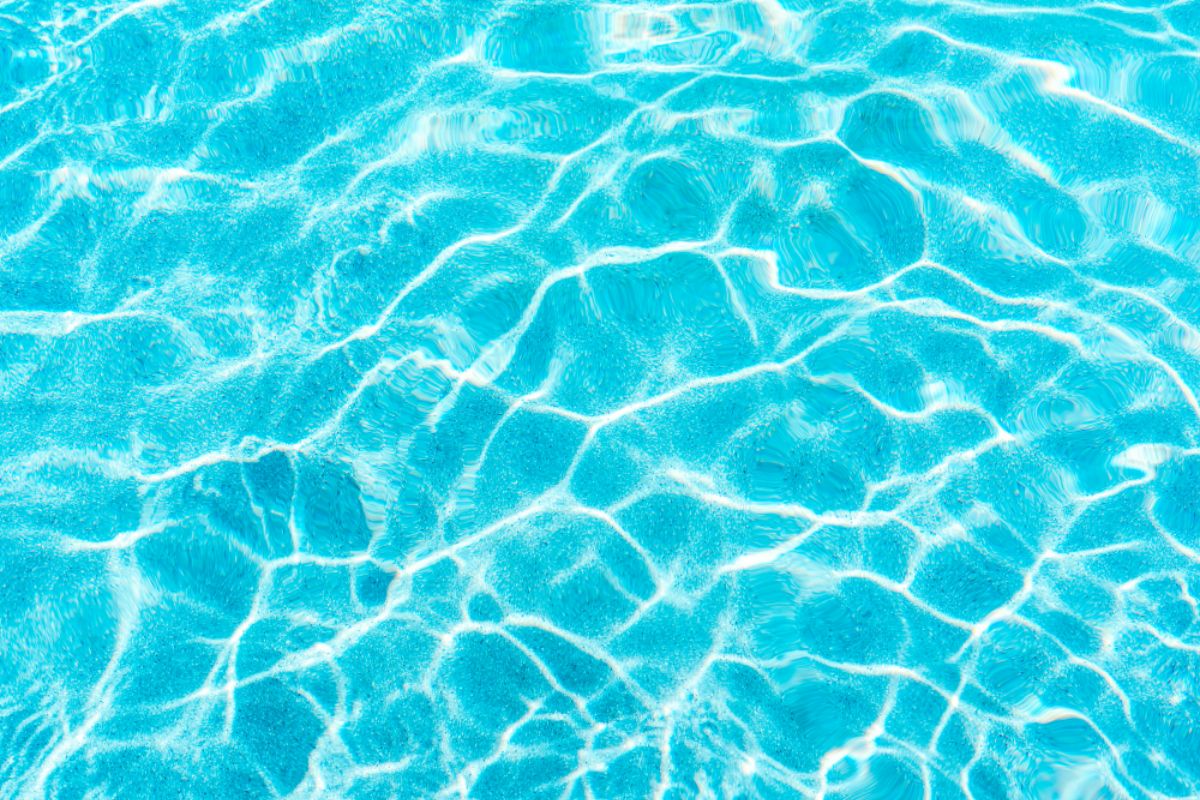What should I do when using pool shock during the rainy season?
- Check your water level
- Turn on your filter
- Use pool shock
- Skim the water and clean the pool
- Test your water
- Rebalance your pool chemistry
Have you ever wondered what you should do to your pool after it rains? It’s definitely a question worth asking, as heavy rain brings about drastic changes to your pool — on both a chemical and physical level. Rainwater negatively affects your water’s pH and Alkalinity levels. Not to mention all the contaminants that they sweep into it.
Luckily, you have a powerful tool to help you tackle these changes in your water: pool shock. To avoid a chemistry nightmare the next time a storm hits your home, here is our guide to using pool shock during the rainy season:
What is pool shock?
Pool shock is what we use to “shock” your pool. It means you add a large amount of chlorine, specifically cal hypo like our MegaChlon chlorine granules, in your water, to raise its free chlorine levels to a point where contaminants and bacteria are destroyed.
Should you shock your pool before or after it rains?
You can technically add pool shock before rain hits — it can keep your water ready to fight off new bacteria introduced by the rain. And, it should help minimize the work you’ll need to restore your water later.
However, we recommend until after it rains to use pool shock. This is because you can clear out your pool of contaminants more effectively, once the rain settles down and doesn’t add more contaminants after you’ve already used pool shock.
Whatever method you choose, you should always add pool shock after the sun sets, so the UV rays don’t affect the recently added chlorine in your water.
Do you need to use pool shock every time it rains?
There are certain times that you want to shock your pool, post-rain. This is when large amounts of debris, such as branches or leaves, fall into your pool. And, when there are large amounts of rainfall.
During the rainy season, however, you might want to shock your pool regularly (as part of your usual pool maintenance routine), to combat the effects of constant rain.
How do I use pool shock during the rainy season?
Once the weather clears up, it’s time to assess your pool. Here’s what you should do to use pool shock effectively, and keep your water crystal clear and ready for swimmers.
Check your water level
First, check your pool’s water level. Odds are they’re higher than they should be, thanks to the rain. Adjusting your water levels first guarantees that your pool shock won’t be too diluted to work as it should.
Fixing this problem is easy — simply set your pumps to waste or backwash, and hook up your backwash hose. Turn on the pool pump, and keep an eye on your water level as your pool begins to empty water. Turn off your pumps once the water level is at mid-skimmer height.
Turn on your filter
Next, it’s time to turn on your pool pumps. But before you do, make sure to empty your pump and skimmer baskets of any debris they might have collected during the storm. Set your pump to filter, and leave it running as you move on to the next step.
Use pool shock
After some rain, your pool’s chlorine levels will be too low to fight off contaminants. Pool shock is needed to replenish your water’s chlorine. That said, one shock treatment won’t exactly bring it back to optimum chlorine levels — its purpose is to work on destroying bacteria and germs in the background as you continue cleaning your pool.So, prepare a bucket of clean pool water, and pre-dissolve your pool shock. The general recommendation is to mix 1 pound of cal hypo for every 10,000 gallons of pool water.
Once the solution is fully dissolved, ensure the pump is running before pouring the solution into the water, working around the perimeter of your pool. Let your pump run for about a few hours before testing the water again.
This way, by the time you’re done with the next steps and can start adjusting chemicals, your chlorine levels will be closer to the normal range.
Skim the water and clean the pool
Use a skimmer to remove any debris floating on the surface of the water. Next, use a nylon brush to scrub your pool walls and stairs. Or, you could use a pool vacuum to do the same for your pool floor. This should help get any contaminants lurking and waiting to grow and turn your pool into a green or cloudy white mess.
Test your water
Rain will inevitably affect your pool chemistry, so it’s important to check it and readjust before diving in. Use our Pool & Spa 5 in 1 Test Kit to check for your pH, Total Alkalinity, and Chlorine levels.
Rebalance your pool chemistry
After testing your water, you should know which chemicals need adjustment. We covered how to do this in a previous post.
Most of the time, we recommend starting by adjusting your pH levels, then your Total Alkalinity, and finally, your Chlorine levels. Afterward, you can use special products such as pool sanitizer.
Key Takeaway
And there you have it — that was our quick guide on using pool shock during the rainy season. Follow this step by step and you should help your pool recover from heavy storms and rains in no time!
For all your pool chemistry and management needs, shop at Oktakem today. We carry all the supplies you need for your pool and can deliver them in bulk. Call us at +63933-8608708 (Smart) or +63917-8461689 (Globe) for more information.













